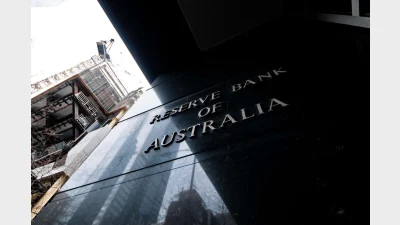More work needed on infrastructure
Tax incentives announced in the Federal Budget recently aimed at making infrastructure investment more appealing to super funds may help but fundamental changes to the underlying format of the investment are needed.
That is the major finding from separate papers released by the Association of Superannuation Funds of Australia (ASFA) and Towers Watson in the past week, with ASFA’s Challenges of Financing Infrastructure making a number of key recommendations to address the issue.
These included: the establishment of a centre for excellence for infrastructure investment; the establishment of a 20-year national investment pipeline; and a new approach to developing infrastructure investment opportunities to enable smaller investors to access infrastructure investments in ways that suit a variety of investment profiles.
The paper lists the ageing population, the number of mergers, the introduction of MySuper, and a move away from describing risk according to asset class as possible impacts on the potential for future infrastructure investment.
“There has been a lot said about the potential of super funds to finance infrastructure and we have been speaking with Infrastructure Australia and infrastructure partnerships for a while on this,” said ASFA chief executive Pauline Vamos.
“But better planning is needed and the superannuation industry must have a permanent seat at the table for these discussions,” she said.
Towers Watson’s Investing in core infrastructure paper grouped infrastructure assets under ‘core’ and ‘opportunistic’ segments to give further clarity around the potential outcomes, which can vary significantly between the classes.
The challenge for the industry is to create a fund structure that maximises the chance of capturing the ‘core’ characteristics of infrastructure, such as realistic and sustainable target returns comparable to equities; and sustainable debt structures, according to Towers Watson.
Allocations to core infrastructure should ideally be via a stand-alone asset class or as part of a broader asset class that includes other ‘real’ assets such as core property, whereas ‘opportunistic’ infrastructure investments should compete with other return seeking assets such as private equity, the firm stated.
Recommended for you
The Reserve Bank of Australia (RBA) has warned that significant liquidity pressures could arise in the superannuation sector if multiple risks materialise at once, potentially amplifying shocks in the financial system.
Governor Michele Bullock took a more hawkish stance on Tuesday, raising concerns over Donald Trump’s escalating tariffs, which sent economists in different directions with their predictions.
Equity Trustees has announced the appointment of Jocelyn Furlan to the Superannuation Limited (ETSL) and HTFS Nominees Pty Ltd (HTFS) boards, which have oversight of one of the companies’ fastest growing trustee services.
Following growing criticism of the superannuation industry’s influence on capital markets and its increasing exposure to private assets, as well as regulators’ concerns about potential risks to financial stability, ASFA has released new research pushing back on these narratives.












